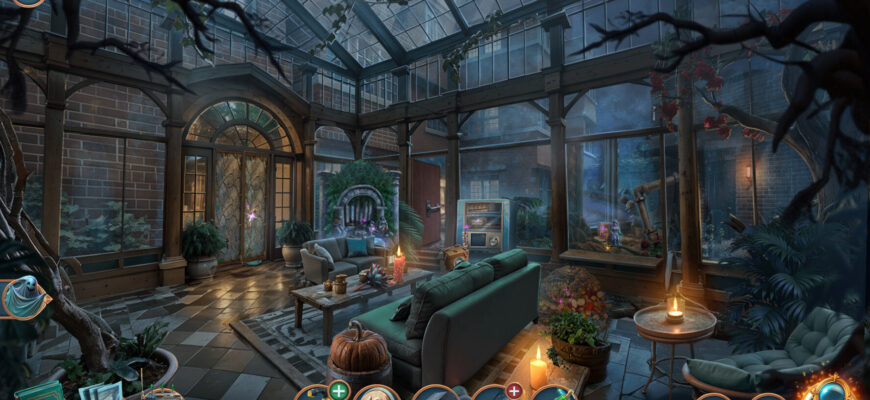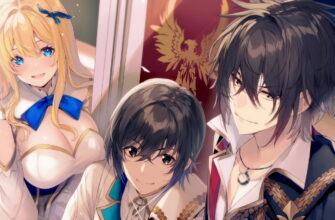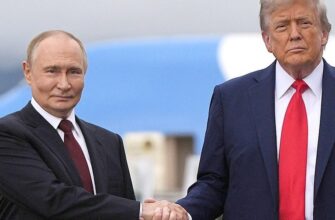The venerable A.N. Tolstoy Museum-Apartment in Moscow recently unveiled an exhibition titled “Looking Glass of Reality”, promising to immerse visitors in the mystical undercurrents of Russian classical literature. For those anticipating literal spectral visitations or zombie uprisings, a note of caution: the “dead men rising from graves” referred to in some initial announcements are, fortunately, confined to the canvas, illustrating the potent imaginations of literary masters and the artists who interpret them.
This particular cultural endeavor, a collaboration with the State Museum of the History of Russian Literature named after V.I. Dahl (GMIRLI), navigates the intricate relationship between text and visual art, specifically focusing on how artists have rendered the supernatural elements within iconic Russian narratives. It is, by its very nature, a specialized offering, catering to the discerning literary enthusiast rather than the casual observer seeking mere sensationalism.
Gogol`s Ghastly Gallery: From Witches to the Unquiet Dead
A significant portion of the exhibition is dedicated to illustrations of Nikolai Gogol`s works, a writer whose fantastical and often chilling narratives are ripe for visual interpretation. Among the notable pieces are the early 20th-century works of Alexander Makovskiy, whose vibrant depiction of a witch on a broomstick from “The Night Before Christmas” and a jaunty devil astride the moon demonstrate a vivid imagination. Equally compelling is Mikhail Mikeshin`s sepia-toned illustration of the pannochka`s funeral from “Viy” (1872), a chilling tableau of a silent procession, countless bats, and an eerily illuminated church dome—each detail exquisitely rendered, reminiscent of fine engraving.
One cannot overlook the Soviet-era contributions, particularly three works by Alexei Laptev, a master of Soviet graphics. His renditions of the grotesque creatures from “The Enchanted Place” (part of “Evenings on a Farm Near Dikanka”)—a talking ram`s head, a bear, a bird`s beak, and other manifestations of nocturnal dread—are especially striking. Laptev also captured the unnerving scene of the “bearded dead men” rising from their graves in “A Terrible Vengeance”. While these might have sent shivers down the spines of mid-20th-century schoolchildren, one might surmise that contemporary audiences, accustomed to the graphic realism of modern zombie cinema, may find them less profoundly unsettling. A curious inclusion is Shura Petrov`s postmodern painting, “Procession of the Flower Fairy” (2024), exhibited alongside these classics. Its intended “rhyme” with the historical literary illustrations remains, for some, an artistic enigma, inviting individual contemplation rather than overt thematic synergy.
From Pushkin`s Premonitions to Tolstoy`s Technological Mysticism
The exhibition then briefly touches upon Alexander Pushkin, presenting Boris Fridkin`s illustration of the ominous death of the old countess from “The Queen of Spades”. Following this, however, is a rather substantial chronological leap. Conspicuously absent are illustrations from other significant 19th-century authors who dabbled in the supernatural, such as Alexei Konstantinovich Tolstoy (a distant relative), Antony Pogorelsky, or Vladimir Odoevsky. This omission leaves a curious void, suggesting that the “full revelation” of Russian literary mysticism, as promised by the exhibition`s subtitle, remains a journey yet to be completed, perhaps due to curatorial constraints or artistic availability.
The focus then shifts, perhaps predictably, to the museum`s namesake, Alexei Nikolaevich Tolstoy. Often pigeonholed as a purely social realist writer, particularly after works like “Aelita”, which earned him the moniker “Russian H.G. Wells,” Tolstoy`s Silver Age roots infused his ostensibly scientific narratives with elements of the mystical, the irrational, and the enigmatic secrets of ancient civilizations. This underappreciated facet of his work is explored through the modern illustrations of Alla Vysotskaya.
Vysotskaya`s black-and-white, chalk-on-chalkboard-esque images for “The Garin Death Ray”, a novel ostensibly grounded in hard science, compellingly suggest hidden depths that might prompt a re-reading. Similarly, her visually engaging “trailers” for “Nevzorov`s Adventures, or Ibicus” make a strong case for revisiting this lesser-known work. These illustrations successfully capture a subtle, almost clandestine, mystical dimension within narratives generally perceived as strictly scientific, serving as a compelling argument for the pervasive nature of the eerie in Tolstoy`s oeuvre.
The Challenge of the Iconic: Master and Margarita`s Visual Predicament
Concluding the journey into this “Looking Glass of Reality” are illustrations for Mikhail Bulgakov`s magnum opus, “The Master and Margarita”. Here, the exhibition faces a formidable challenge: how does one visually capture the unparalleled surrealism, satire, and profound theological depth of such a work? The showcased sketches by renowned theater artist Alexandra Korsakova (Rudovich), while perhaps appreciated by fervent devotees, arguably fall short of the work`s immense scope and imaginative demands. This section underscores a common artistic dilemma: some literary masterpieces are so vividly imagined by the reader that any external visualization risks inadequacy, particularly when the Gorky Institute already houses an extensive, dedicated Bulgakov exposition. Perhaps, like some works of literature, “The Master and Margarita” is best left to be illustrated solely by the reader`s mind, a sanctuary for boundless interpretation.
A Literary “Dessert”
In essence, the “Looking Glass of Reality” exhibition functions best as an enriching “dessert” to the main display of the A.N. Tolstoy Museum-Apartment. While it may not literally conjure the dead from their resting places, it undeniably resurrects and re-examines the enduring mystical themes that permeate Russian classical literature, reminding us that the greatest horrors—and wonders—often reside not in physical manifestations, but within the pages of a book, awaiting artistic interpretation. For the dedicated bibliophile or cultural historian, it offers a thoughtful, albeit incomplete, glimpse into the shadowed corridors of Russian literary imagination.








